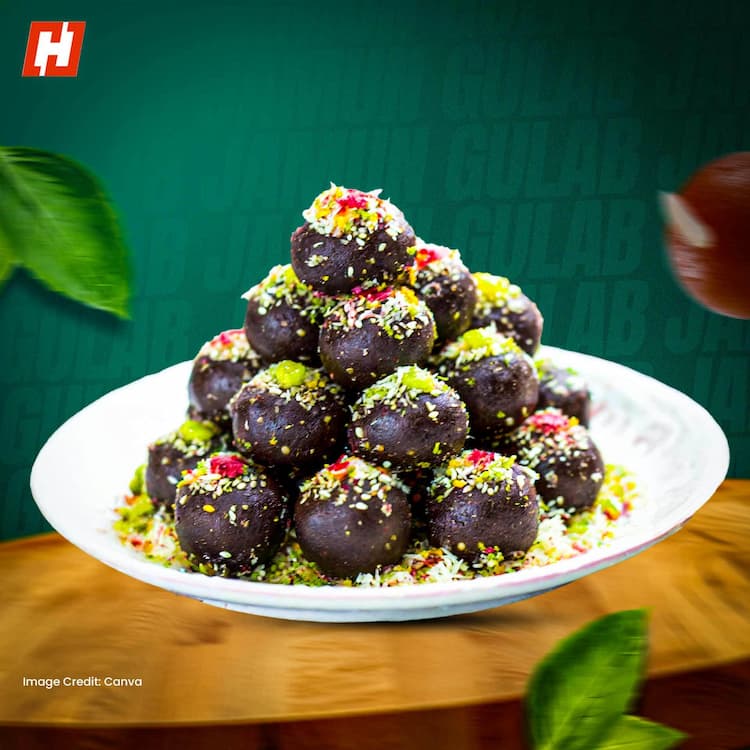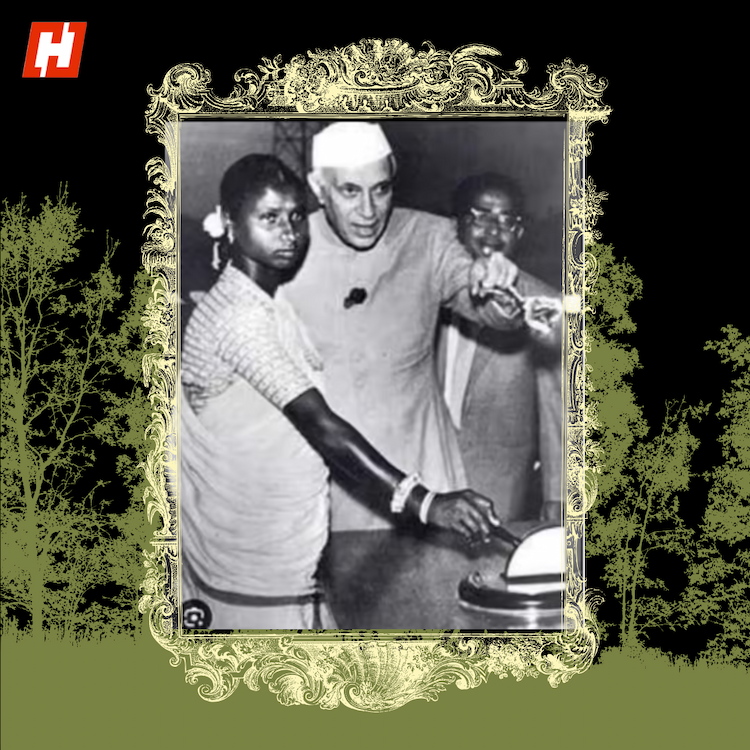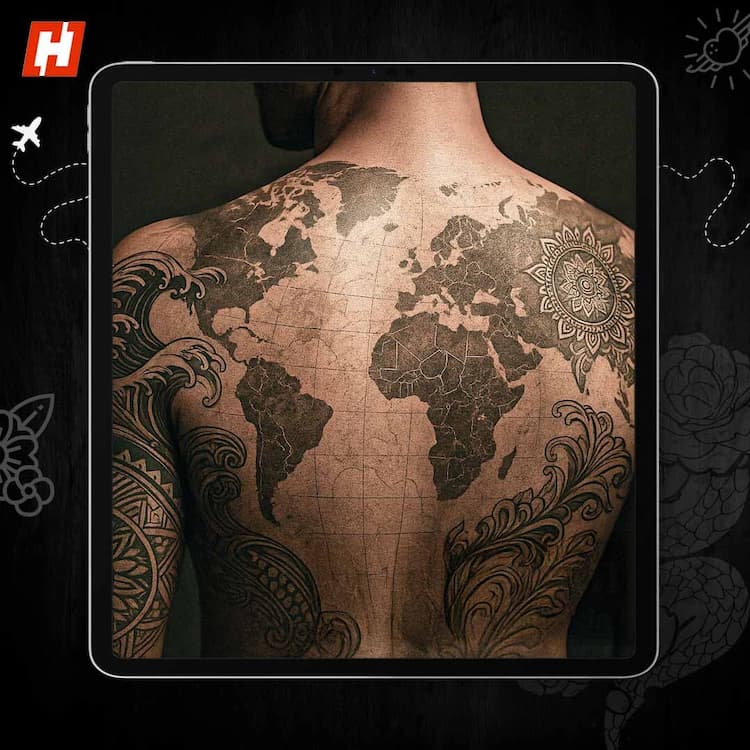Litti Chokha is not just a dish—it’s a story of survival and cultural pride that originated in the heart of ancient Bihar. For centuries, it has been the go-to meal for farmers and labourers, offering both nutrition and stamina. The litti—firm balls of wheat flour dough stuffed with sattu (roasted gram flour) and flavoured with mustard oil, carom seeds, garlic, and pickling spices—was designed to last long and travel well. The chokha, made of roasted and mashed brinjal, potatoes, or tomatoes, mixed with green chillies, raw onions, and mustard oil, is also one of the most irresistible parts of the dish.
But where did the litti originate?
Tracing the origin of litti-chokha
This humble pairing wasn’t born in restaurant kitchens, but in farms and fields, cooked over wood fire chulhas. Litti didn’t need refrigeration, chokha needed no elaborate prep—together, they formed a meal that was portable, filling, and deeply satisfying.
But litti chokha’s legacy extends beyond the rural landscape. During India’s independence movement, it became the quiet companion of revolution. Freedom fighters embraced it because it was cheap, non-perishable, and could be cooked with minimal resources. Whether hiding in forests or travelling between villages, they carried its dry ingredients, mixing and roasting it fresh as needed. It fed not just their hunger, but their hope.
From the political to the personal, litti chokha soon crossed state borders. It found a special place in Uttar Pradesh, where it evolved into baati chokha. While the UP version sometimes uses more ghee or a harder dough, the essence remains unchanged.
Over time, what was once a "poor man’s food" started appearing at festivals, weddings, and celebratory gatherings, cherished for its earthy flavour and nostalgia.
Litti is a national food now...
In recent years, litti chokha has made a chic comeback, thanks to India's rising obsession with regional food. From roadside stalls to five-star menus, the dish now dons new avatars. Gourmet chefs have reimagined it with paneer, cheese, truffle oil, and even gluten-free flour, giving it a contemporary twist without erasing its roots. Yet, for many, the charm still lies in its traditional form—charred in open fire, dipped in desi ghee, and served with raw, fiery chokha.
Even Indian PM Narendra Modi relished and praised the delicacy back in 2020 at Ministry of Minority Affairs’ Hunar Haat at India Gate.






